Finding and retaining employees can be tough hill to climb, especially with undefined and sometimes non-existent job descriptions. Most employees will want to know what is expected of them, and most employers already have a pre-conceived expectation once an employee is hired. And a great deal of the time, those two separate expectations don’t necessarily match up. Developing and implementing job descriptions not only communicates what an employee is expected, but also allows an employer to use it as a measuring tool to ensure that the employee is meeting job expectations.
A job description is a useful, plain-language tool that describes the tasks, duties, functions, requirements, skills and responsibilities of a position. It can outlines the details of who performs the specific type of work, how that work is to be completed, and the frequency and the purpose of the work as it relates to the company. Job descriptions are used for a variety of reasons, such as a tool for recruiting, determining salary levels, conducting performance reviews, establishing titles and pay grades and creating reasonable accommodation controls. It can also be used for job postings, career planning, training exercises and legal requirements for compliance purposes.
Step 1: Perform a job analysis
This process of gathering, examining and interpreting data about the job’s tasks will supply accurate information about the job so that a company can perform efficiently.
- Interview employees currently on the job to find out exactly what tasks are being performed.
- Observe how tasks are performed.
- Have employees fill out questionnaires or worksheets.
- Collect data on jobs from other resources such as salary surveys .
- The results should be documented and reviewed by the employee that is currently in the position—and his or her supervisor—for any changes regarding the knowledge, skills, abilities, physical characteristics, environmental factors and credentials/experience of the position:
Knowledge— Comprehension of a body of information acquired by experience or study
Skill—a present, observable competence to perform a learned activity.
Ability—competence to perform an observable behavior or a behavior that results in an observable product.
Physical characteristics—the physical attributes an employee must have in order to perform the job duties with or without a reasonable accommodation.
Environmental factors—working conditions (inside or outside the office).
Credentials/experience—the minimum level of education, experience and certifications acceptable for the position.
Step 2: Establish the essential functions
Once the performance standard for a particular job has been made, essential functions of the position must be defined. This will provide a better avenue for establishing ADA requirements.
To establish the performance standard:
- Ensure that the tasks as part of the job function are truly necessary or a requirement in order to perform the job.
- Determine the frequency at which the task is performed or how much time is spent performing a task.
- Determine the consequences of not performing the function and whether this would be detrimental to the company’s operation or result in severe consequences.
- Determine if the tasks can be redesigned or performed in another manner.
- Determine if the tasks can be reassigned to another employee
Once that is completed, the employer can make a determination as to whether the functions are essential or marginal. The use of the term “essential function” should be part of the job description, and it should explicitly state how an individual is to perform the job. This will provide future guidance as to whether the job can be performed with or without accommodation.
Step 3: Organize the data concisely
The structure of the job description may vary from company to company; however, all of the job descriptions within a company should be standardized so that they have the same appearance. The following topics should be included:
- Date—when job description was written.
- Job status—exempt or nonexempt under FLSA, full time or part time.
- Position title—name of the position.
- Objective of the position—what the position is supposed to accomplish, how it affects other positions and the organization.
- Supervision received—to whom the person reports.
- Supervisory responsibilities—direct reports, if any, and the level of supervision.
- Job summary—an outline of job responsibilities.
- Essential functions—detailed tasks, duties and responsibilities.
- Competency or position requirements—knowledge, skills and abilities.
- Quality and quantity standards—minimum levels required to meet the job requirements.
- Education and experience—required levels.
- Time spent performing tasks—percentages, if used, should be distributed to equal 100%.
- Physical factors— type of environment associated with job: indoor/outdoor.
- Working conditions—shifts, overtime requirements as needed.
- Unplanned activities—other duties as assigned.
Step 4: Add the disclaimer
It is a good idea to add a statement that indicates that the job description is not designed to cover or contain a comprehensive listing of activities, duties or responsibilities that are required of the employee.
Step 5: Add the signature lines
Signatures are an important part of validating the job description. They show that the job description has been approved by all levels of management and that the employee understands the requirements, essential functions and duties of the position. Signatures should include those of the chief operating officer, or highest ranking officer, the supervisor and the employee. All signed job descriptions should be entered into the employee’s personnel file.
Step 6: Finalize
Draft the job description for upper management review and approval. A draft allows upper management a chance to review, add or subtract any detail before the final job description is used for employees and management.
Once returned from management, the job description should be revamped and reformatted with any changes. It should be sent to management one final time for final approval and signatures. The final job descriptions should be kept in a secure location and copies used for job postings, interviews, accommodation requests, compensation reviews, and performance appraisals. Employers may also wish to post them on the company’s intranet.
(Steps 1-6 found at SHRM.org)






